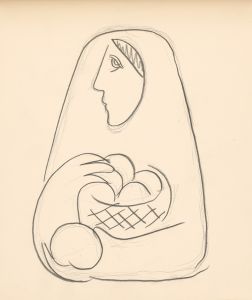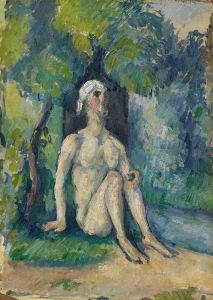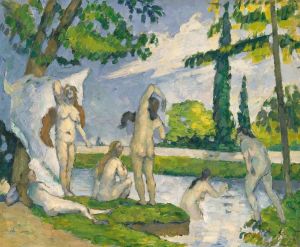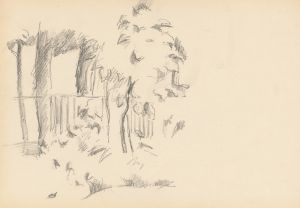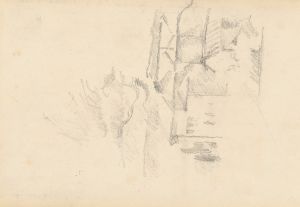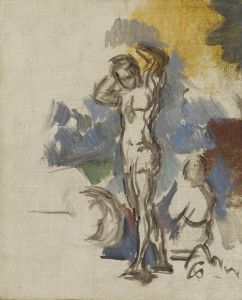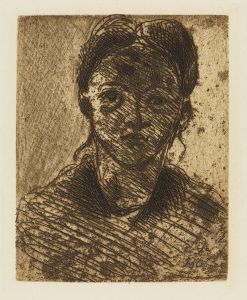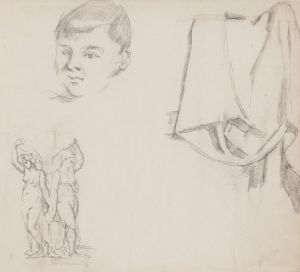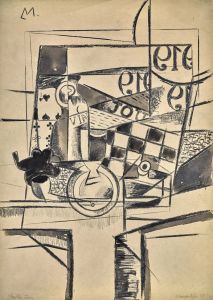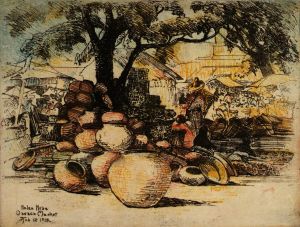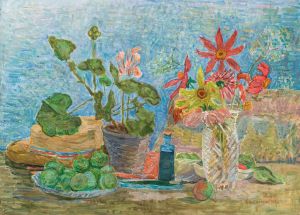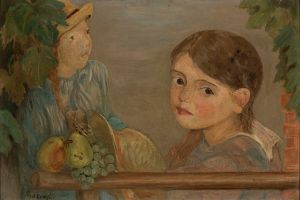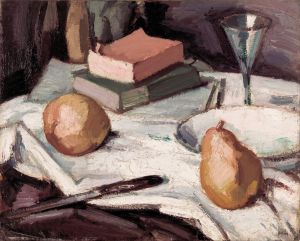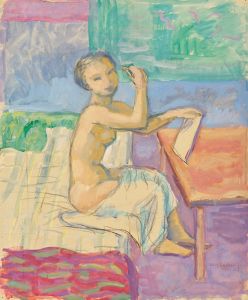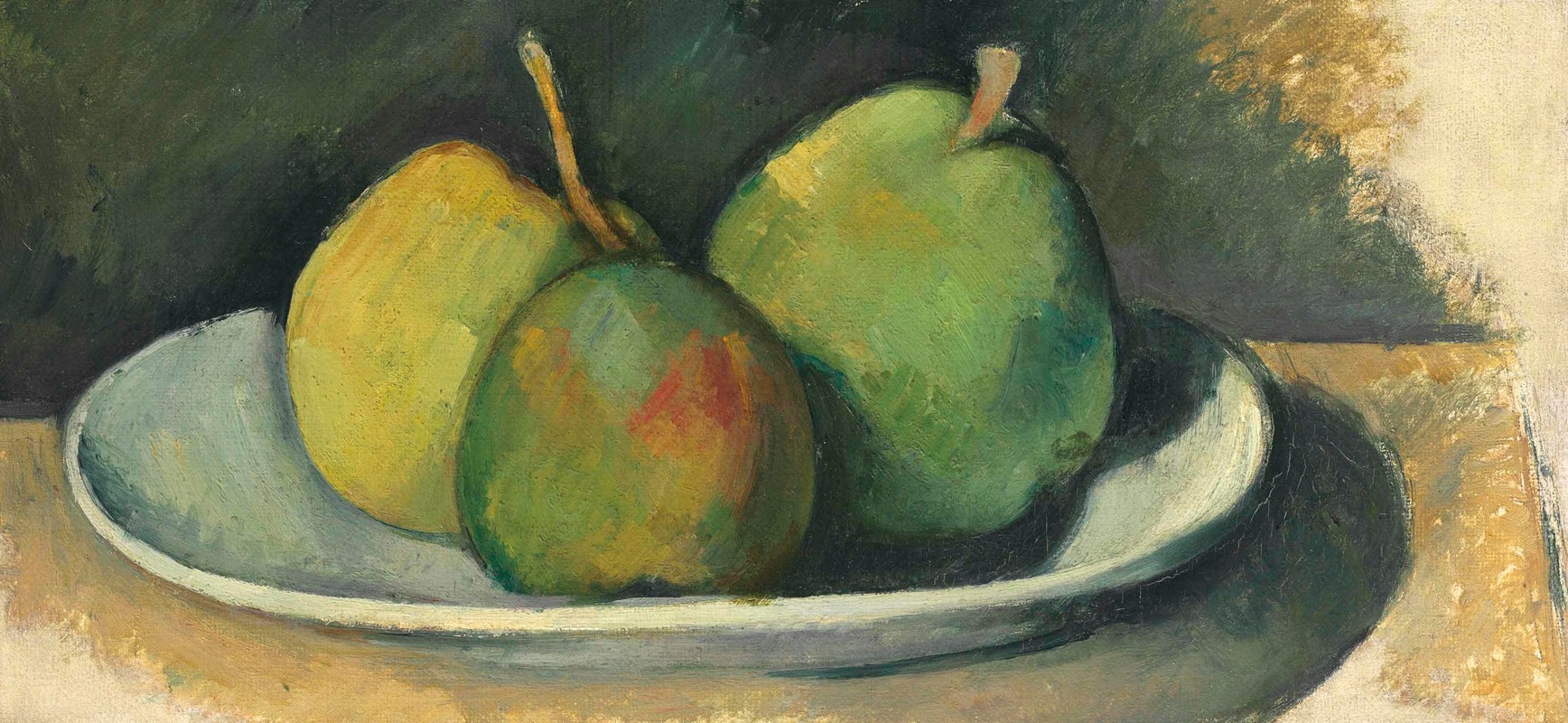
Poires dans une assiette blanche
A hand-painted replica of Paul Cézanne’s masterpiece Poires dans une assiette blanche, meticulously crafted by professional artists to capture the true essence of the original. Each piece is created with museum-quality canvas and rare mineral pigments, carefully painted by experienced artists with delicate brushstrokes and rich, layered colors to perfectly recreate the texture of the original artwork. Unlike machine-printed reproductions, this hand-painted version brings the painting to life, infused with the artist’s emotions and skill in every stroke. Whether for personal collection or home decoration, it instantly elevates the artistic atmosphere of any space.
Paul Cézanne's painting "Poires dans une assiette blanche" (translated as "Pears on a White Plate") is a notable work that exemplifies the artist's innovative approach to still life painting. Cézanne, a French Post-Impressionist painter, is often credited with laying the groundwork for the transition from 19th-century artistic concepts to a radically different world of art in the 20th century. His work is characterized by a unique method of building form with color and his analytical approach to nature.
"Poires dans une assiette blanche" is a part of Cézanne's extensive exploration of still life subjects, a genre he returned to repeatedly throughout his career. Still life allowed Cézanne to experiment with form, composition, and color in a controlled setting. In this painting, Cézanne focuses on a simple arrangement of pears placed on a white plate, a subject that might seem mundane at first glance but is transformed through his distinctive style.
Cézanne's approach to this painting reflects his interest in the underlying structure of objects. He often used geometric shapes to represent natural forms, a technique that is evident in the way the pears are depicted. The pears are not rendered with photographic realism; instead, Cézanne uses broad, deliberate brushstrokes and a limited color palette to convey their form and volume. This method allows the viewer to perceive the solidity and weight of the pears, as well as their placement in space.
The composition of "Poires dans une assiette blanche" is carefully considered. Cézanne was known for his ability to create a sense of balance and harmony in his paintings, and this work is no exception. The arrangement of the pears on the plate, the interplay of light and shadow, and the subtle variations in color all contribute to a sense of stability and coherence. The white plate serves as a neutral backdrop that highlights the vibrant hues of the pears, drawing the viewer's attention to their form and texture.
Cézanne's use of color in this painting is particularly noteworthy. He employs a range of greens, yellows, and browns to depict the pears, using color to suggest their ripeness and texture. The background is kept relatively simple, allowing the focus to remain on the central subject. This restrained use of color and detail is a hallmark of Cézanne's style, emphasizing the essential qualities of the objects he painted.
"Poires dans une assiette blanche" exemplifies Cézanne's ability to transform everyday objects into subjects of profound artistic inquiry. His innovative techniques and unique vision have had a lasting impact on the art world, influencing countless artists and movements that followed. Cézanne's work, including this painting, continues to be celebrated for its contribution to the development of modern art and its ability to inspire new ways of seeing and representing the world.





